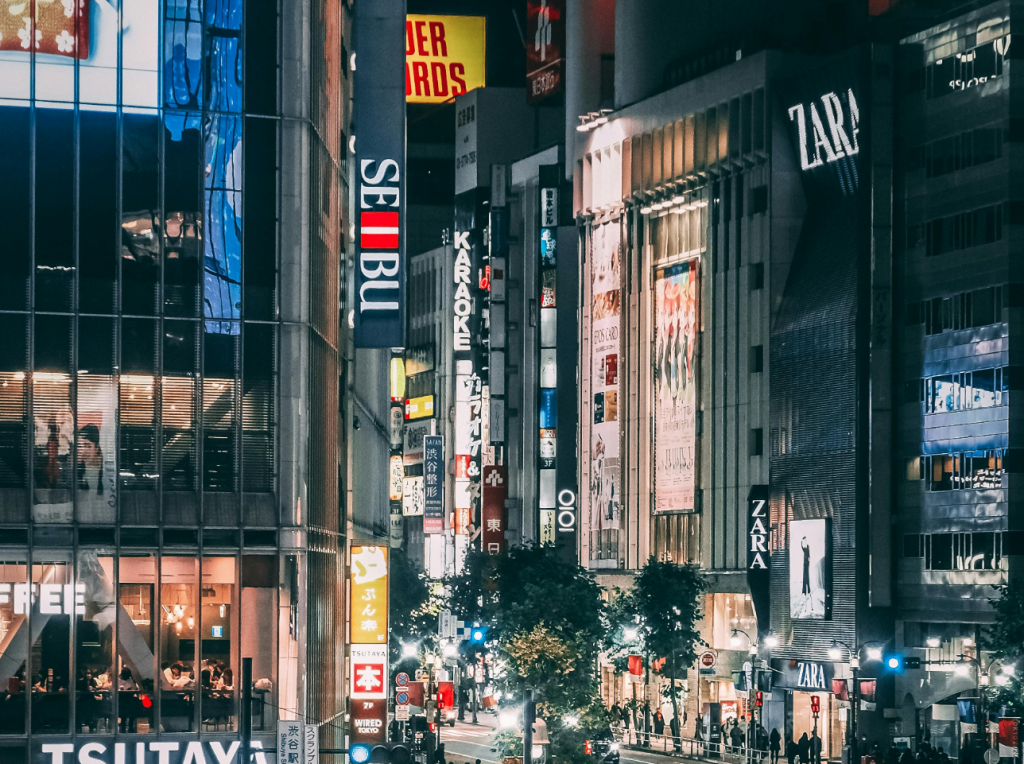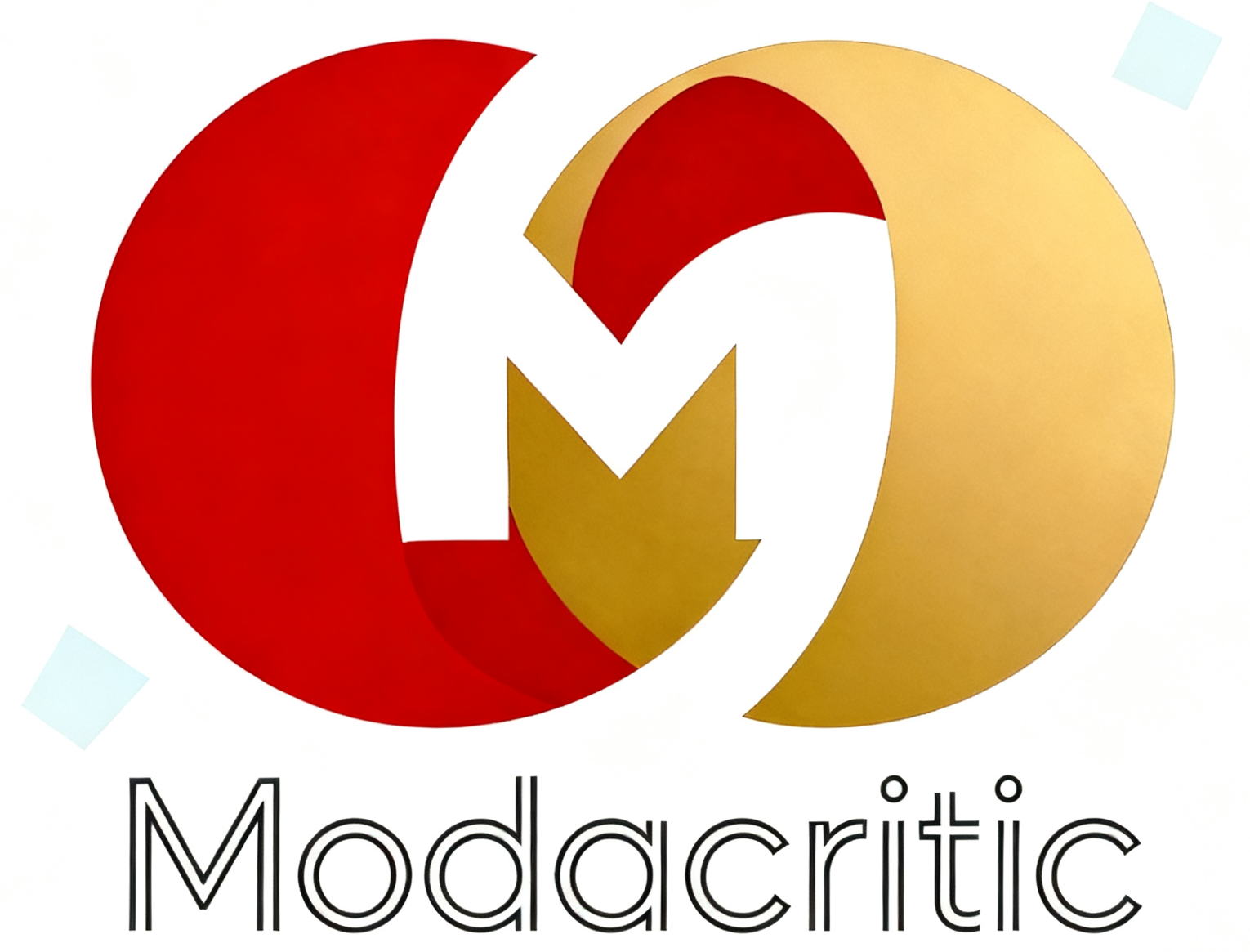
Introduction
When it comes to high-street fashion, two names dominate conversations worldwide: Zara and H&M. Both brands have carved out massive influence in the fast fashion industry, but they approach fashion differently. The question remains—if you had to choose, which one is really worth your money? Let’s break it down piece by piece.
The Legacy of High-Street Fashion
Zara: The Pioneer of Fast Fashion Speed
Zara revolutionized retail with its lightning-fast turnaround. Spot a runway trend today, and chances are Zara has it in stores within weeks. That speed made Zara synonymous with trend-chasing.
H&M: The Champion of Affordable Variety
H&M, on the other hand, leans into affordability and accessibility. With frequent collaborations with designers like Karl Lagerfeld and Balmain, H&M has made luxury-inspired style attainable for everyday shoppers.
Quality Analysis
Fabric Choices
Zara’s Material Approach
Zara often uses blends—think polyester mixed with cotton or viscose—to mimic luxury textures. This gives the clothes a polished look but sometimes sacrifices breathability.
H&M’s Material Strategy
H&M’s fabrics skew basic. Cotton and polyester dominate, especially in their everyday lines. However, their Conscious Collection uses more sustainable fibers, like organic cotton and recycled polyester.
Stitching, Finish, and Durability
Zara usually wins when it comes to cleaner stitching and sharper tailoring. H&M clothes, while serviceable, sometimes show inconsistency in seams and finishing—especially in lower-priced pieces.
Fit and Style
Zara’s Trend-Focused Silhouettes
Zara is all about the now. Oversized blazers, asymmetrical dresses, and sharp cuts dominate their racks. If you’re fashion-forward and want to stand out, Zara feels almost like a fast-fashion runway.
H&M’s Everyday-Friendly Fit
H&M tends to favor comfort over catwalk drama. Their jeans, basics, and relaxed fits appeal to shoppers who prioritize practicality and want clothes that slot seamlessly into daily life.
Price vs. Value
Cost Breakdown
Zara pieces generally cost more than H&M equivalents. A Zara blazer might be $89, while H&M’s version sits closer to $59. But Zara often feels more premium in design execution.
Long-Term Wearability
H&M may be cheaper, but you might find yourself replacing items sooner. Zara’s higher initial cost can translate into slightly better longevity if cared for properly.
Sustainability Factor
H&M’s Conscious Collection
H&M pushes sustainability aggressively. Their Conscious Collection highlights recycled fabrics and eco-friendly initiatives. They also run clothing recycling programs in-store.
Zara’s Join Life Initiative
Zara has its Join Life line, focusing on sustainable materials like Tencel and organic cotton. However, critics argue both brands still heavily contribute to overconsumption.
Shopping Experience
In-Store Vibe
Zara stores are minimalist and sleek, resembling high-end boutiques. H&M stores are busier, packed with variety and geared toward mass appeal.
Online Convenience
Both brands have strong e-commerce, but Zara’s website emphasizes editorial-style imagery, while H&M prioritizes user-friendliness and discounts.
Brand Image and Cultural Influence
Zara’s Association with Minimalist Chic
Zara resonates with shoppers who want runway-inspired sophistication without breaking the bank. Its image leans aspirational.
H&M’s Accessibility and Collaborations
H&M thrives on inclusivity. Its celebrity and designer collaborations—like Beyoncé’s Ivy Park or Simone Rocha—create cultural buzz while keeping prices democratic.
Case Study: The White Shirt Test
Zara’s Version
Zara’s white shirt feels structured, modern, and polished. You can wear it to a meeting and look like you’ve spent far more than you actually did.
H&M’s Version
H&M’s white shirt is lighter, softer, and casual-friendly. It works for everyday wear but lacks the crispness of Zara’s tailoring.
Pros and Cons Summary
Zara’s Strengths and Weaknesses
- Pros: Trend-driven, sleek tailoring, premium store experience
- Cons: Higher price point, fast turnover encourages overbuying
H&M’s Strengths and Weaknesses
- Pros: Affordable, wide variety, strong sustainability marketing
- Cons: Inconsistent quality, less fashion-forward
Which One is Worth Your Money?
If you value trendy, fashion-forward pieces that elevate your style, Zara is worth the splurge. But if you’re after affordable basics and collaborations, H&M wins. Ultimately, the best choice depends on your lifestyle: Zara for statement pieces, H&M for day-to-day essentials.
Conclusion
Zara and H&M may seem similar on the surface, but their DNA is quite different. Zara caters to the trend-conscious shopper chasing a luxe aesthetic, while H&M appeals to the budget-conscious buyer seeking variety and comfort. The real answer? Your wardrobe benefits from a mix of both.

FAQs
Q1: Is Zara better quality than H&M?
Generally yes—Zara’s tailoring and finishing tend to feel more polished, though H&M’s Conscious line offers eco-friendly appeal.
Q2: Which brand lasts longer, Zara or H&M?
Zara typically lasts longer if you care for the clothes properly, while H&M basics may wear out faster.
Q3: Why is Zara more expensive than H&M?
Zara invests more in design, faster trend replication, and store aesthetics, which reflect in its prices.
Q4: Which brand is more sustainable?
Both brands have initiatives, but H&M’s Conscious Collection is more visible. Still, neither fully escapes fast fashion criticism.
Q5: Should I buy from both Zara and H&M?
Yes—Zara for standout pieces and H&M for everyday basics makes a balanced wardrobe.







